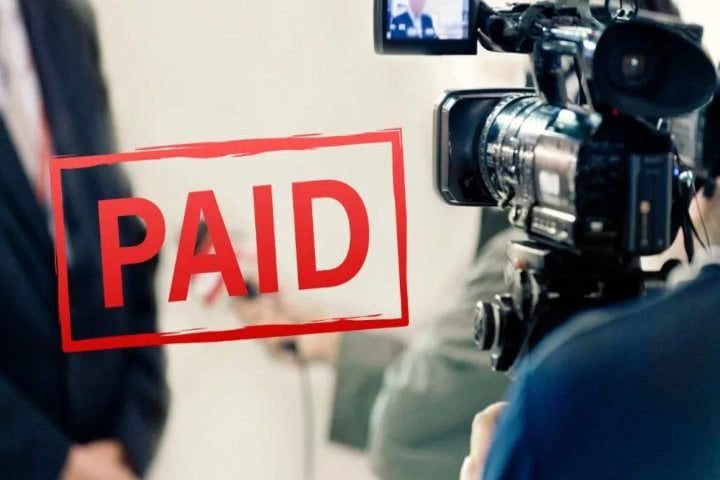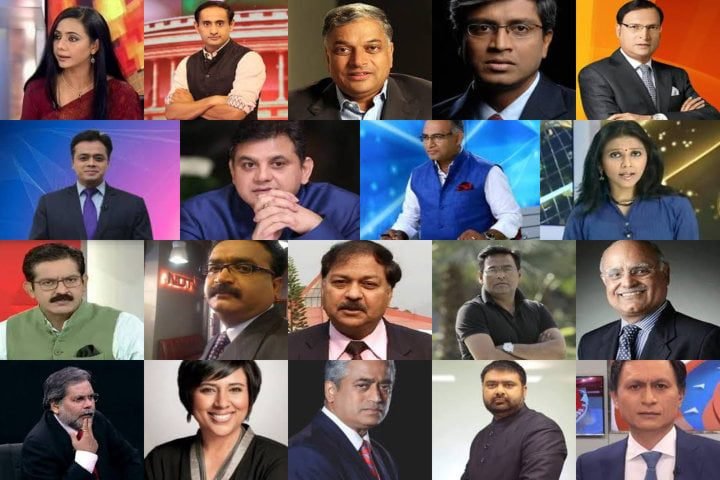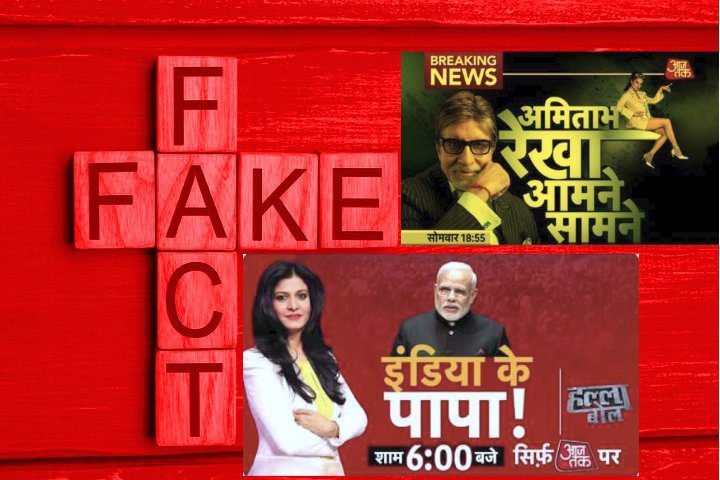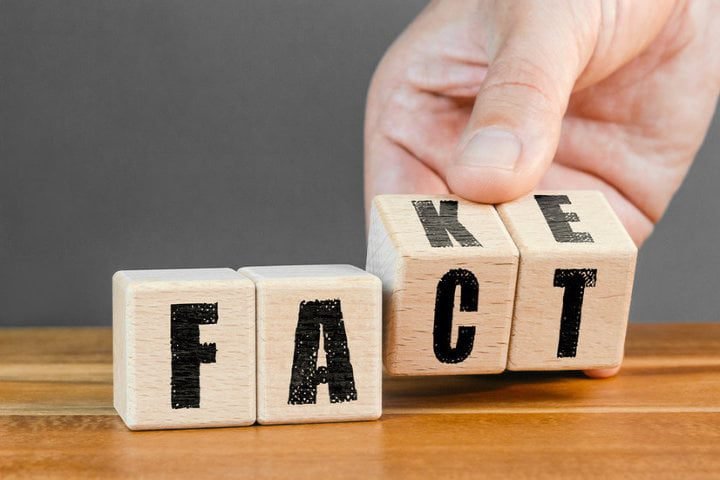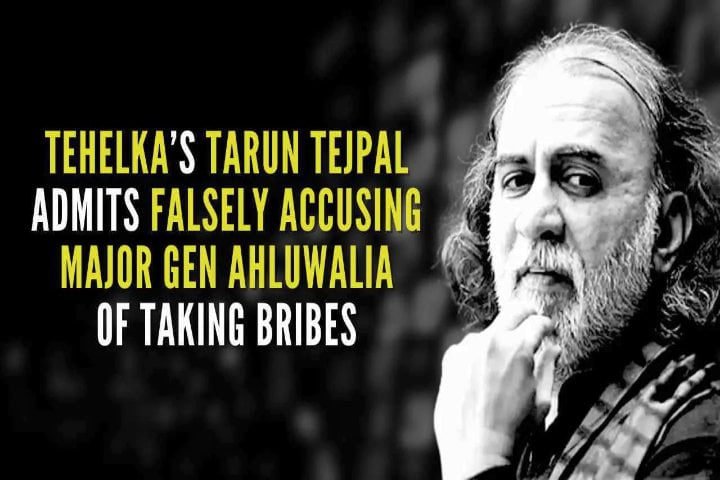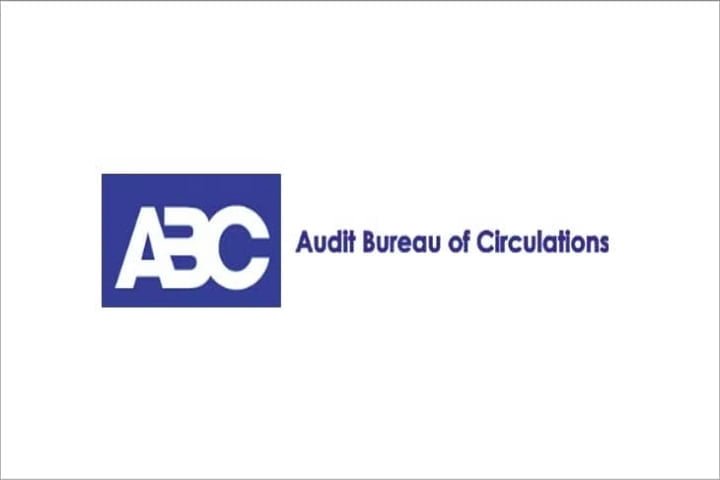CUET UG Journalism
Paid News: Definition
Paid news refers to media outlets accepting monetary compensation in exchange for publishing or airing biased content that favors a particular individual, organization, or product.
This can involve articles, advertisements, or even entire news segments created to influence public opinion in favor of the paying party. This content is often presented as genuine news but is paid for and may lack objectivity and credibility.
History of Paid News in Journalism
The practice of paid news has a long history in journalism, dating back to the early days of newspapers and print media. In the past, it was common for newspapers to publish advertorials or sponsored content that was designed to look like regular news stories.
However, in recent years, the rise of digital media and social media platforms has made it easier for paid content to increase, as individuals and organizations can now pay for content to be shared across a wide range of online platforms.

Google Ads and Meta Business Suite (including Facebook, Instagram, and WhatsApp Business) are two such platforms that offer digital publishing, monetization, and analytics tools to maximize content’s reach.
The rise of big tech companies has revolutionized the way we consume information, but they also have a monopoly over how ordinary people receive news content.
Big tech companies hold immense power over information dissemination. Their algorithms determine the visibility of news articles, political messages, and public discourse. Changes in these algorithms can disrupt information flow and potentially favor certain viewpoints or interests.
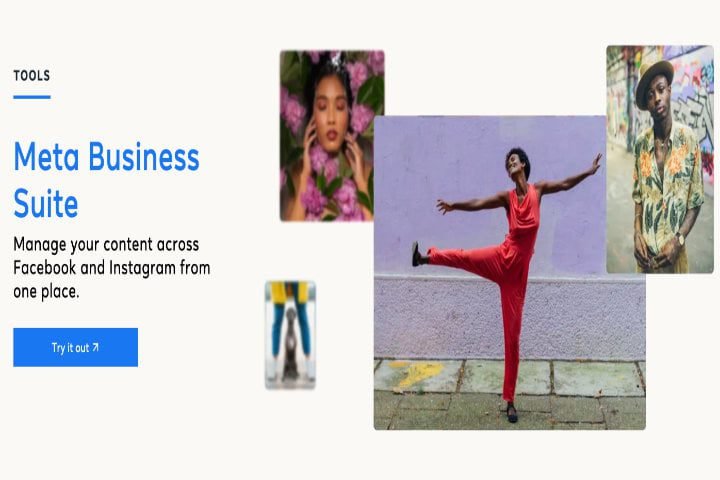
Impact of Paid News on Journalism
The prevalence of paid news has had a significant impact on the field of journalism. It undermines media outlets’ and journalists’ integrity and trustworthiness, eroding the public’s confidence in the news they consume. It also distorts the dissemination of information, as paid news often prioritizes commercial interests over journalistic ethics and standards.
Additionally, the spread of misinformation and fake news can be amplified when paid content is presented as legitimate news coverage, further damaging the media industry’s reputation.
Lack of Transparency
One of the main ethical issues surrounding paid news is the lack of transparency. When news outlets accept payment for coverage, it can blur the lines between journalism and advertising. Readers may not be aware that the news they are consuming has been paid for, leading to a lack of trust in the media.
Conflict of Interest
Another ethical concern with paid news is a potential conflict of interest. When news outlets accept payment from a company or individual, they may feel pressured to present a biased or one-sided view of the news to please their paymasters. This compromises the integrity of the news and can lead to misinformation being spread.
Nowadays, media organization owners offer their services to brands and clients to secure advertising revenue. This offer not only involves discussing the potential audience the brand can reach through advertising but also includes creating the advertisement itself, taking over the role traditionally held by advertising agencies.

Bennett, Coleman & Co. Ltd. (BCCL), which owns newspapers such as The Times of India, Economic Times, and Navbharat Times, offers a service known as Brand Capital. It involves the Times Group taking a stake in the company that wants to advertise and providing it with advertising content and space in return.
Manipulation of Public Opinion
Paid news can also be used as a tool to manipulate public opinion. Companies or individuals can shape the narrative around certain issues by paying for favorable coverage to suit their own agenda. It prevents the free exchange of ideas, limiting the diversity of voices and perspectives in the media.
This can also have far-reaching consequences for society as a whole, as an informed and independent media is essential for a functioning democracy.
Influence of Advertisers on News Content
Native Advertising
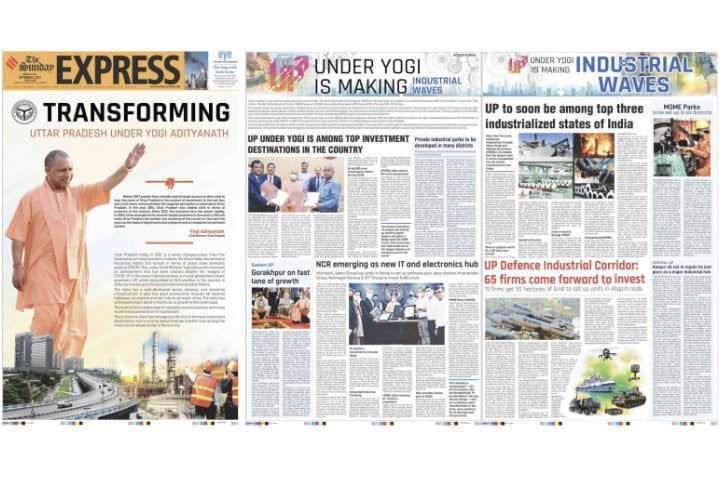
One way in which advertisers can influence news content is through native advertising. Native advertising involves paid content that looks like regular news stories or articles.
Advertisements are supposed to be different and distinguishable as paid-for, while advertorials are supposed to mimic editorial content. Blurring the line between advertising and editorial content can make it difficult for readers to distinguish between unbiased news reporting and sponsored content.
Sponsored Content
Advertisers can also influence news content through sponsored content, which is content that advertisers produce and then publish on a news website, newspaper, or magazine.
While sponsored content is usually labeled as such, it can still influence the overall tone and message of the publication, as advertisers may be more likely to receive favorable coverage in exchange for their sponsorship.
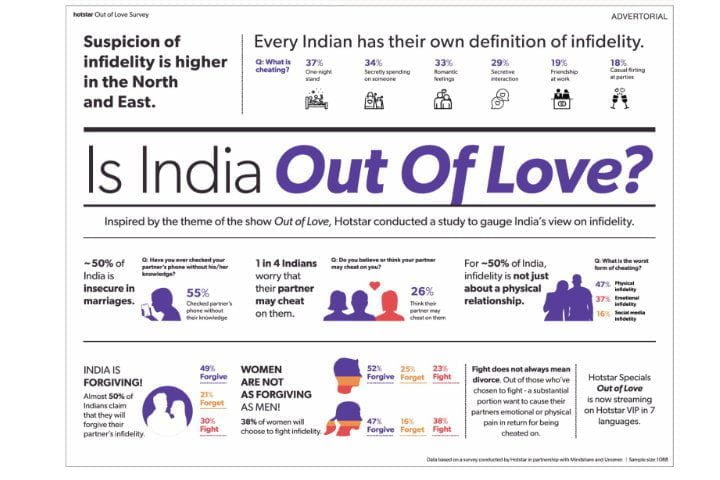
Advertorials are designed to make readers think they are reading news that has been thoroughly investigated and verified, rather than paid content that a client has control over. The word “advertorial” is often hidden within the advertisement, and the content is made to look like the regular news on the page. Typically, the client works with their advertising agency to create advertorials.
Laws and Regulations against Paid News
In many countries, including India, laws and regulations prevent the spread of paid news and ensure that media outlets maintain their integrity and independence. These laws often prohibit media outlets from accepting payment in exchange for news coverage or require them to disclose any paid content to their audience.
Press Council of India (PCI) guidelines also say that news should be demarcated from advertisements by printing disclaimers, which all publications should strictly enforce. News must always carry a credit line and be set in a typeface that distinguishes it from advertisements.
Consequences for Media Outlets
“Media outlets that participate in paid news may encounter serious repercussions, such as fines, lawsuits, and harm to their reputation. In certain instances, journalists and editors implicated in producing paid news may also be subject to criminal charges for breaching journalistic ethics and integrity.”
The phenomenon of paid news can erode trust in the media. When individuals believe financial interests impact news organizations, they may start to doubt the information they receive. This can result in reduced credibility in the media and a lack of trust in the news as a dependable source of information.
One of the main challenges in enforcing laws against paid news is the lack of transparency in financial transactions between media organizations and their sources. It can be difficult to prove that a specific news story was influenced by financial factors without concrete evidence of payment or explicit quid pro quo arrangements.
Influence on Public Opinion and Democratic Processes
The spread of paid news can significantly impact public opinion and democratic processes. When widely disseminated, paid information can shape people’s perceptions of certain issues or events, leading to decisions and actions driven by misinformation. This can also undermine the integrity of democratic institutions and processes, weakening the foundation of democracy itself.

The Press Council of India strictly warns against the publication of paid news. As per PCI guidelines, the following constitutes paid news during the election process:
- News items that mainly list the names of voters based on their caste and the supporters of a specific political party indicate paid news.
- Predicting a candidate’s success who has not yet filed a nomination suggests paid news.
- If competing newspapers publish similar political news, it strongly suggests that these reports are paid news.
- Attempting to influence voters by portraying a candidate as having only positive qualities during an election is considered paid news.
- A news item that presents the negative aspects of one candidate and the positive aspects of another without any basis is likely to be paid news.
- The manner in which a news item or photograph favors a particular party or candidate, along with an appeal to vote for that party, suggests paid news.
- When two newspapers publish the same news item verbatim during election days, they have likely been published for consideration.
Combating Paid News
One strategy for combating paid news is educating the public about identifying trustworthy sources and fact-checking information. With the rise of digital and social media platforms, distinguishing between credible journalism and paid content is more important than ever.
Media literacy programs can help individuals develop critical thinking skills and distinguish between credible news sources and those influenced by monetary interests.
Conclusion
Paid news is a complex issue that threatens the credibility of journalism and the dissemination of accurate information. Media outlets, journalists, and regulators must work together to combat the spread of paid news and uphold ethical and unbiased reporting principles.
Individuals must critically evaluate the information they consume, seek out reliable sources, and hold media outlets accountable for disseminating accurate and truthful information. By doing so, we can combat the harmful effects of misinformation and uphold the principles of a free and informed society.
The CUET UG Mass Communication syllabus contains this topic under the Journalism section.

